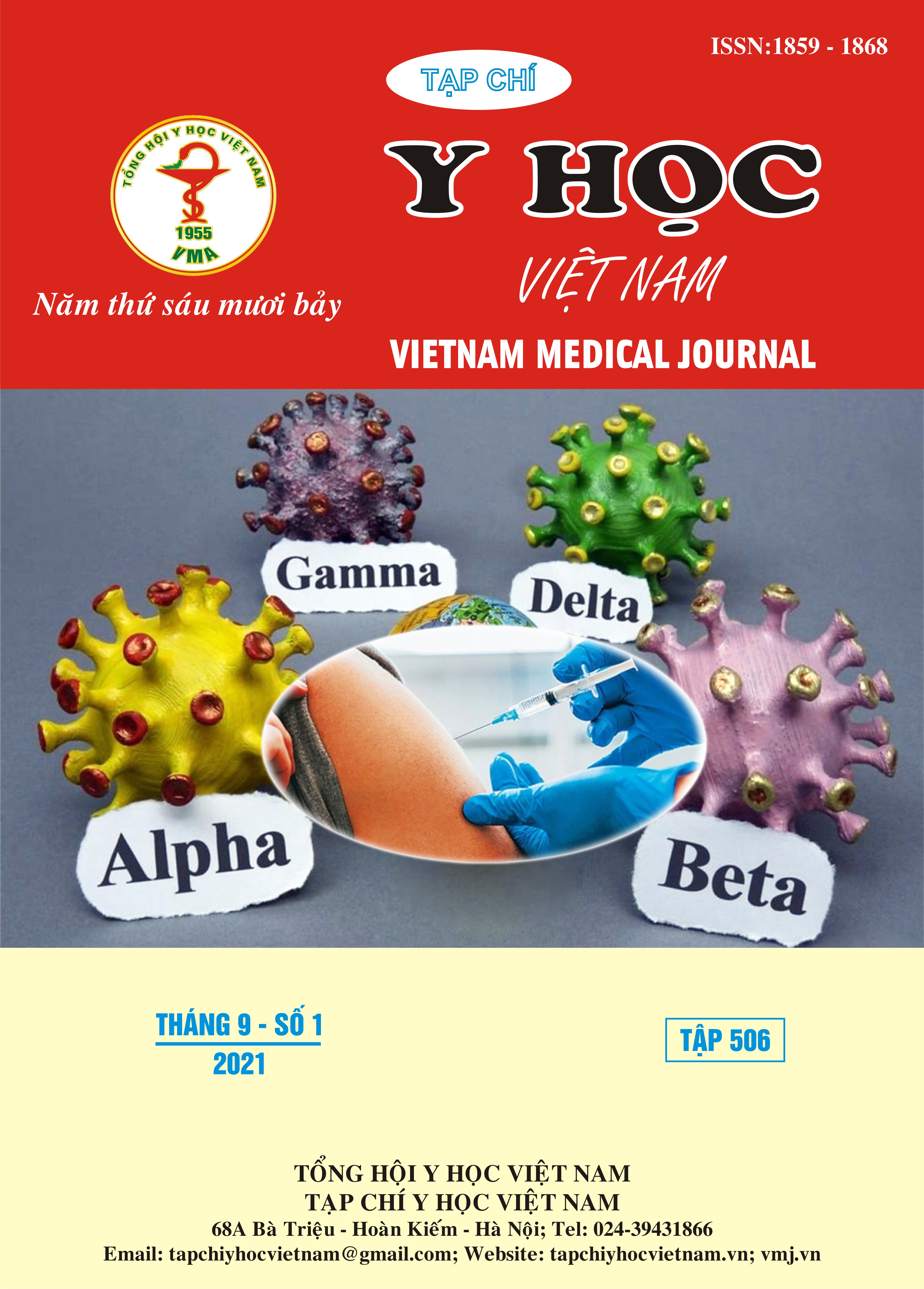ACCESSORY NERVE TRANSFER TO SUPRASCAPULARIS NERVE FOR RECONSTRUCTION OF SHOULDER FUNCTION
Main Article Content
Abstract
Purpose: Accessory nerve transfer to suprascapularis nerve for reconstruction of shoulder fuction. Material and method: 62 patients with traumatic brachial plexus injuries underwent surgical reconstruction with accessory to suprascapular nerve transfers. Method study is retrospective, cross-section study. Results: 62 patients, ratio male/female: 61/1, range of age from 18 to 56 years old. Average of age is 27,5 +/-7,9 years. The waiting time before surgery 6 monthsis the most common. Abduction shoulder recovery >120 degree was 6,67%, from 30-120 was 86,67%. Recovered active external rotation of over 30 degree was 51,12%. Conclusion: In brachial plexus injury, using the spinal accessory nerve for transfer to the suprascapular nerve is reliable and provides some recovery of abduction for a large majority of patients.
Article Details
Keywords
Spinal accessory nerve, brachial plexus, nerve transfer, nerve grafting, suprascapular nerve
References
2. Nguyễn Việt Tiến, Nguyễn Viết Ngọc, Lê Văn Đoàn và cs (2011), "Kết quảchuyểnrễ thần kinh C7 từ bên lành trong điều trị nhổ các rễ thần kinh đám rối cánh tay", Tạp chí Y dược học lâm sàng 108, 6, tr. 299-306.
3. Jayme A.B, et al (2016): “Results of spinal accessory to suprascapular nerve transfer in 110 patients with complete palsy of the brachial plexus” J Neurosurg Spine; Jun 24(6):990-5
4. Malessy MJA, de Ruiter GCW, de Boer KS, Thomeer RTWM (2004): “Evaluation of suprascapular nerve neurotization af- ter nerve graft or transfer in the treatment of brachial plexus traction lesions”. J Neurosurg 101:377–389,
5. Ray W.Z., Chang J., Hawasli A., et al. (2016), "Motor Nerve Transfers: A Comprehensive Review", Journal of Neurosurgery, 78(1), pp. 1-26.
6. Songcharoen P., (1995), "Brachial plexus injury in Thailand: A report of 520 cases", Microsurgery, 16(1), pp. 35-39.
7. Vekris M.D., Beris A.E., Johnson E.O., et al, (2006), "Musculocutaneous neurotization to restore elbow flexion in brachial plexus paralysis", Microsurgery, 26(4), pp. 325-329.


